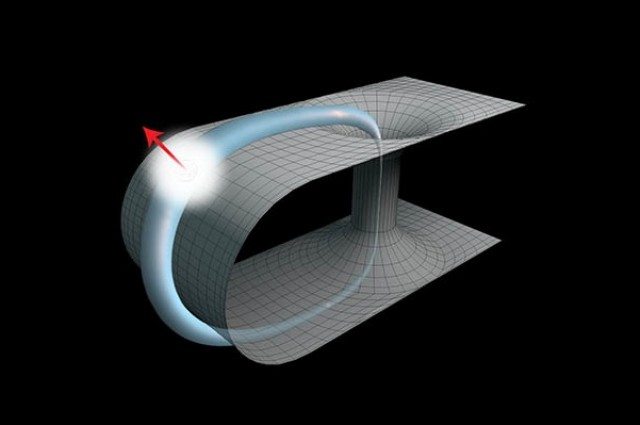Scientists Have Simulated a Time Travel Scenario… But Only with Photons
Gabriel Roşu / 11 years ago

Time travel is a thing for science fiction, a theory that has been debated for a long time, but without any physical proof of it being possible. Scientific advancements and human curiosity however tends to take imagination to the next level. This is the case of a few scientists from University of Queensland, where they managed to successfully simulate quantum particles travelling through time, helping them understand some inexplicable aspects of modern physics.
The scientist state that time travel stands between two of the most successful yet inexplicable physical theories, which are Einstein’s general relativity and quantum mechanics. While the first is described as viewing the world at a very large-scale full of stars and galaxies, the other describes it as very small, at a scale of atoms and molecules.
“The properties of quantum particles are ‘fuzzy’ or uncertain to start with, so this gives them enough wiggle room to avoid inconsistent time travel situations,” UQ’s Tim Ralph explains. “Our study provides insights into where and how nature might behave differently from what our theories predict.” These include the violation of Heisenberg’s uncertainty principle, cracking of quantum cryptography, and perfect cloning of quantum states.
What is known so far is the fact that time speeds up and slows down depending on how fast an object is moving relative to another object, having Einstein’s theory suggest that traveling back in time would require following a space-time path that returns to the same point in space, however at an earlier time.
The theory described above is said to be called a closed timelike curve, having the author state that the paradox of time travel can be solved in a quantum regime. The principle works by having a quantum particle travelling through a wormhole back in time and returning to the same location at an a previous time.
Thank you IFLScience for providing us with this information
Image courtesy of IFLScience



















